Why I Love: playing 'Monkey Bee' in Audiosurf
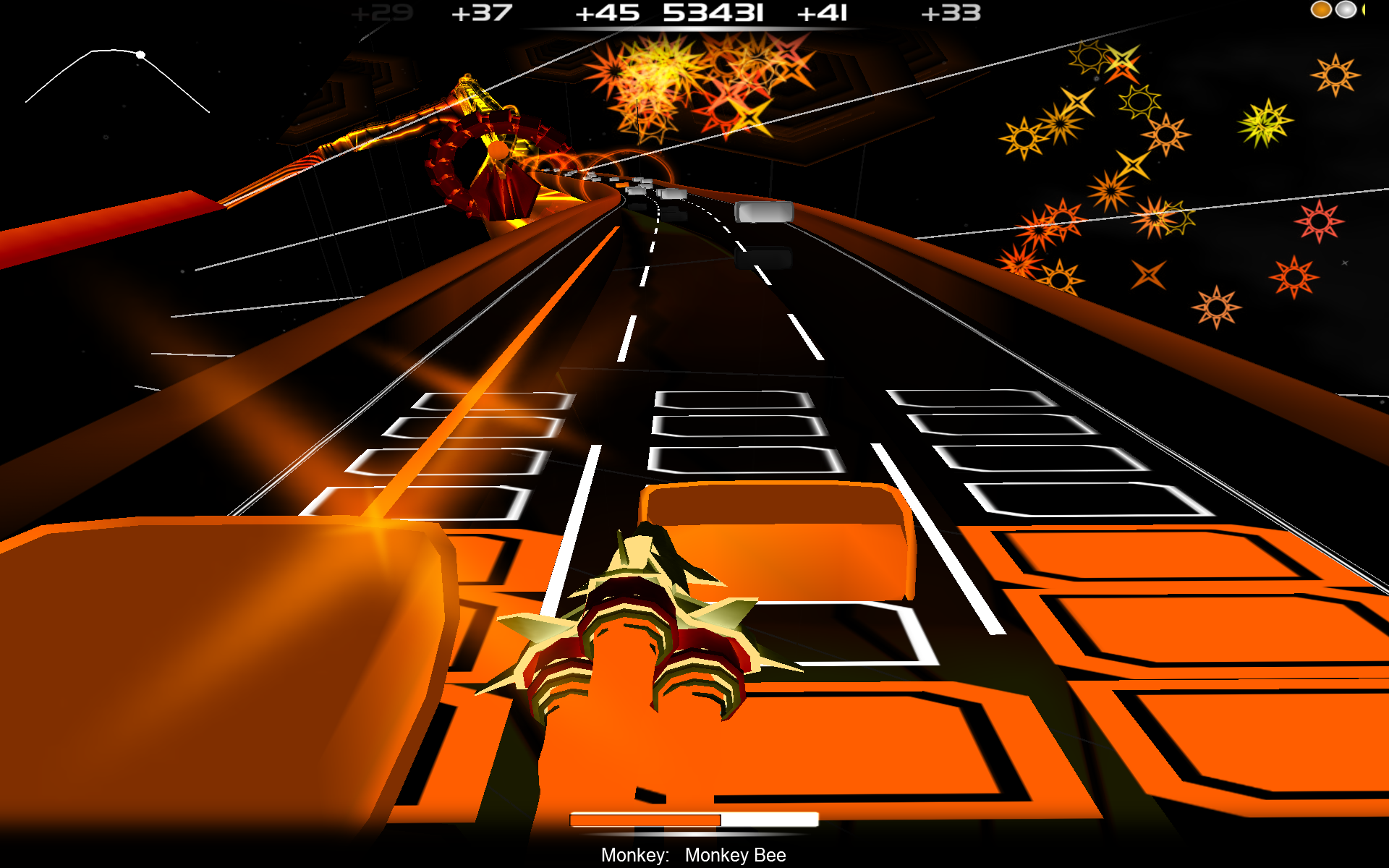
In Why I Love, PC Gamer writers pick an aspect of PC gaming that they love and write about why it's brilliant. Today, Phil explains why Audiosurf works so well with faux-Chinese opera.
This might seem a bit esoteric, even for this column. Bear with me. This is also a recommendation. Not only is playing the song 'Monkey Bee' in Audiosurf a thing that I love; it's a thing that will actively make your life better. At least, the part of your life that involves playing Audiosurf.
I love rhythm games, and Audiosurf is one of the best. (Not the best, but then Gitaroo Man was never released on PC.) It's an odd genre for music fans, because its traditional set-up positions music as an obstacle to overcome. It's an adversarial relationship—at least until you conquer the patterns of the level. Audiosurf works in much the same way. It's a puzzle game; a high-speed match-three challenge. Pick any song, and the algorithm will analyse it—laying out blocks, and adding twists, turns and elevation to a procedurally generated track.
My favourite mode is Mono. It's the simplest, purest form of the game. Rather than multiple colours to match, the track is littered with coloured and grey blocks. Pick up the colour ones; avoid the greys. It's still adversarial, but it gives an obvious throughline to follow. It's the rhythm game equivalent of perfectly performing the Macarena at your school disco, in the hope that the other kids would recognise you as a slightly less worthless human being.
Monkey Bee is a song by Damon Albarn, from the album Monkey: Journey to the West. It is the soundtrack to a Chinese-style pop-rock opera—a retelling of the classic Journey to the West, but with Jamie Hewlett and electro. It is possibly the most Damon Albarn thing that has ever happened, and you would be forgiven for not wanting anything to do with it. But, and here's the thing, Monkey Bee is Audiosurf's greatest level. Or it's up there with the very best at least, and that's because it syncs perfectly with the structure of the game.
This is what a song usually looks like in Audiosurf:
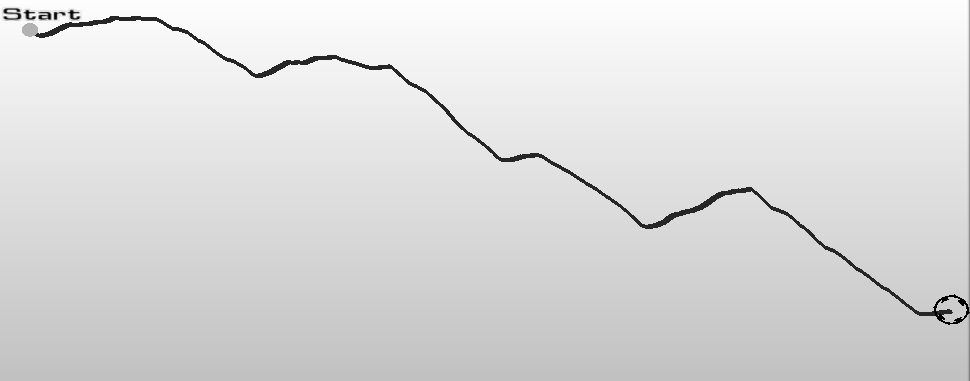
This is what Monkey Bee looks like:
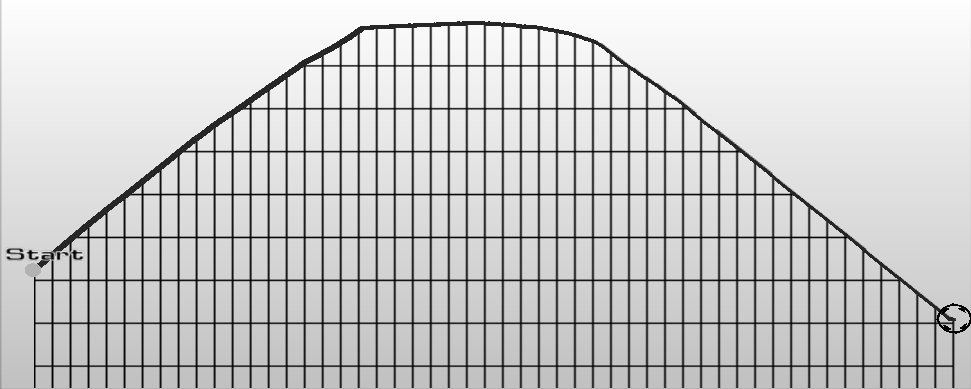
Through sheer chance, Audiosurf's algorithm creates a sublime layout. There are three clear, easily defined sections. Each provides a distinct and interesting challenge, and they all fit together to create a naturally escalating challenge.
Keep up to date with the most important stories and the best deals, as picked by the PC Gamer team.
BIE NA MUO XIAO QI MA
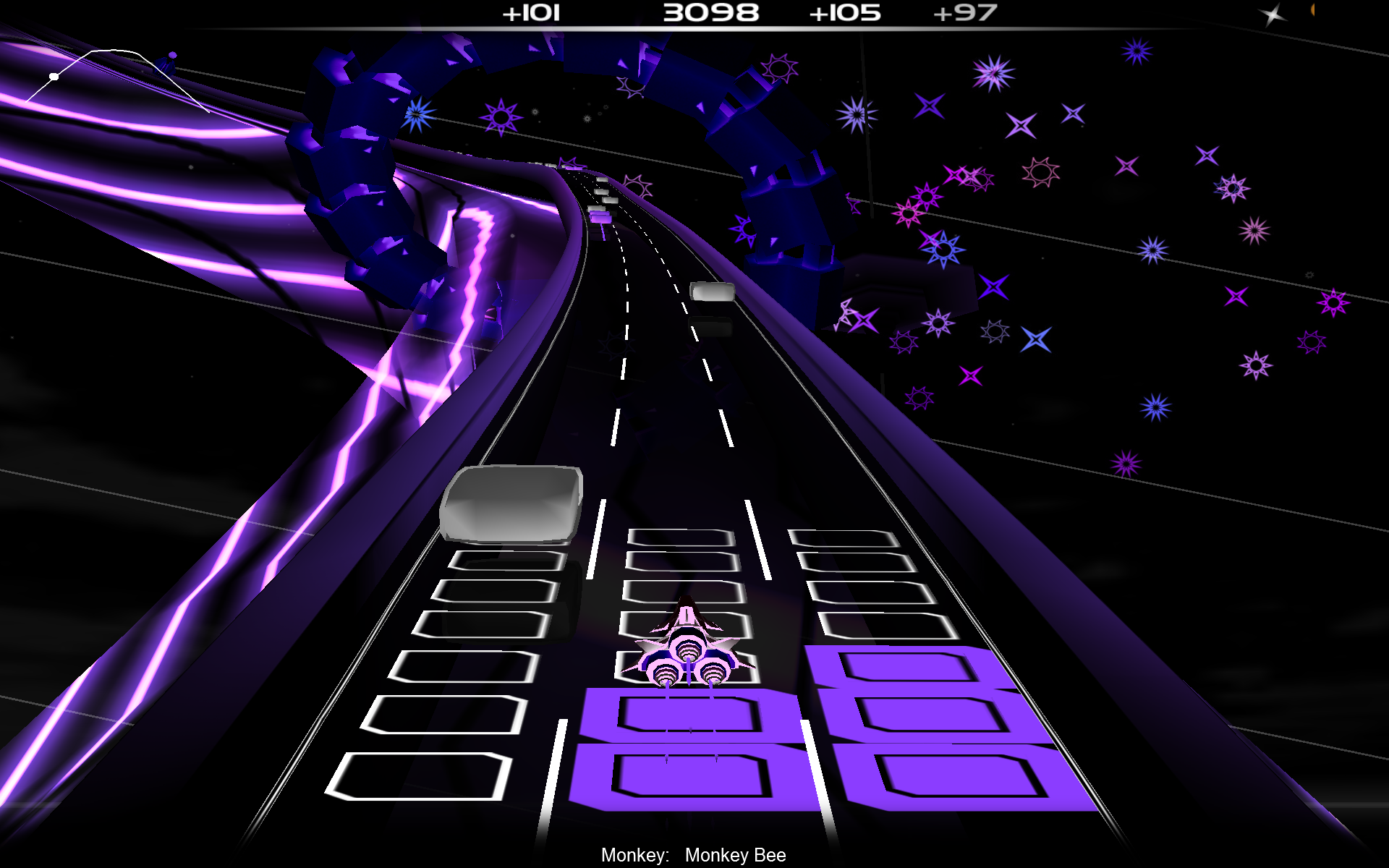
The first section is a slow climb to the second act. It's the least interesting of the three parts, and plays out much like any Mono level. Yes, there is a challenge in collecting all the coloured blocks—with some sandwiched between two greys. The problem is the distribution, which is spread out in such a way that you'll never earn a match greater than three or four blocks.
It's not a great start, but it builds the anticipation. In Audiosurf, the graph showing the altitude of the track is a permanent fixture of the top-left corner. Here, you are moving inexorably towards something different—a feeling that's heightened if you already know how good the second part is.
WU KONG GONG XI
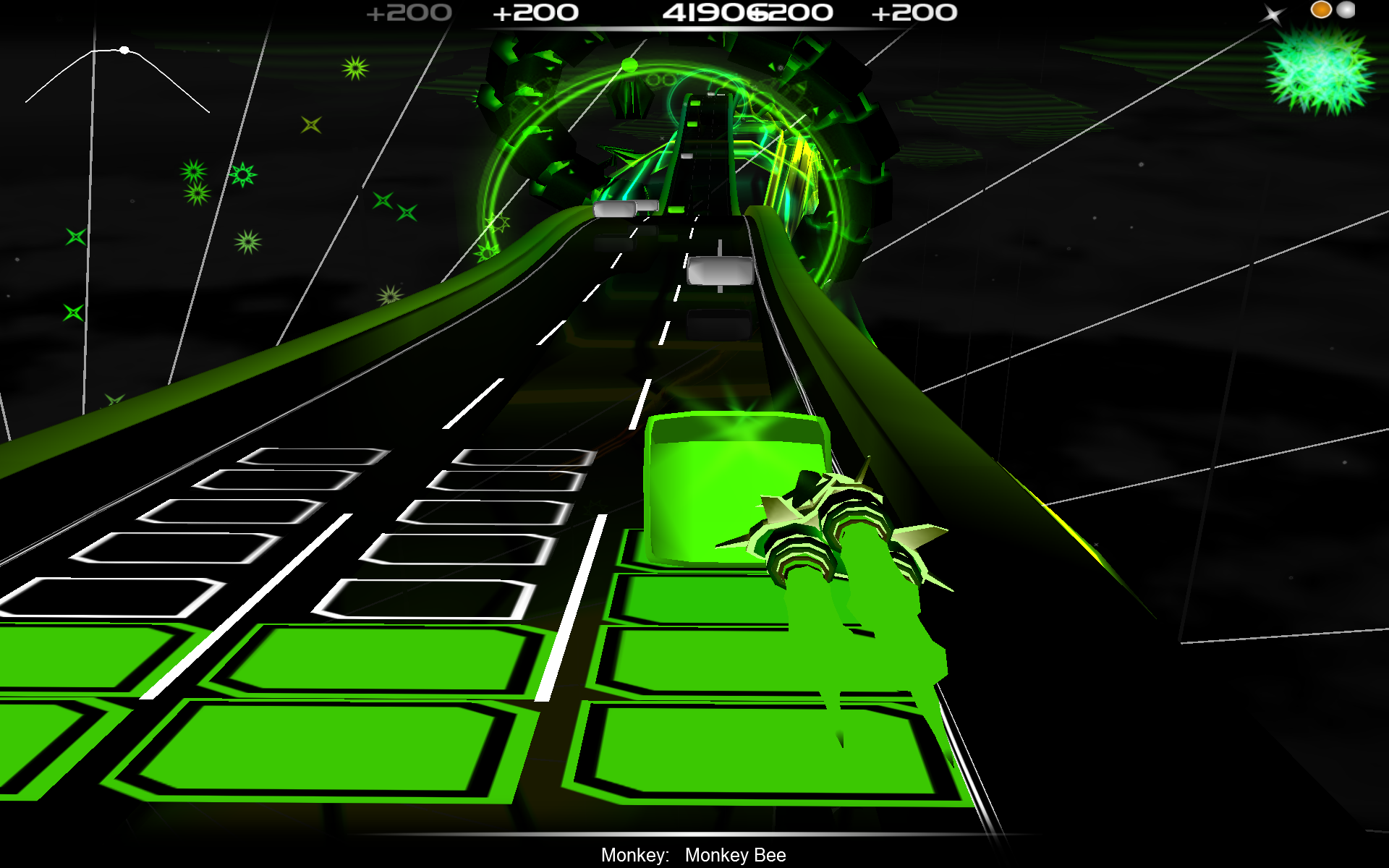
On the graph, this section looks level. It isn't. It undulates to the rhythm of the two-step percussive sting at the end of each line. Each bump contains a coloured block, and they're perfectly spaced to be chained across the 60-second act.
This feels great. Get it right, and you can fill your hopper with colour—even reaching a full match-21 if the positioning falls in your favour. It's a big, joyous reward; even as the building, urgent guitar riff warns that everything is about to go south.
WEI HE PO HOU JING SHAN BU ZOU

Act three. Fast. Reactive. Panicked.
In Audiosurf, colour represents intensity. The first section is cool—filled with blues and purples. The second is green and yellow. The third, entirely orange and red. Of all the songs I've tried in the game, this is extremely rare. Usually, you'll dip into short, infrequent bursts of red. Here, it's a smooth, long fall.
It's amazing, entirely accidental level design. It's the perfect escalation; easing you in, lulling you into false security before pulling the rug and sending you fighting for your life. Plunging down into the red zone is thrilling. If you don't "get" music, this level is an excellent visual analogy of how it can feel for the people who do.
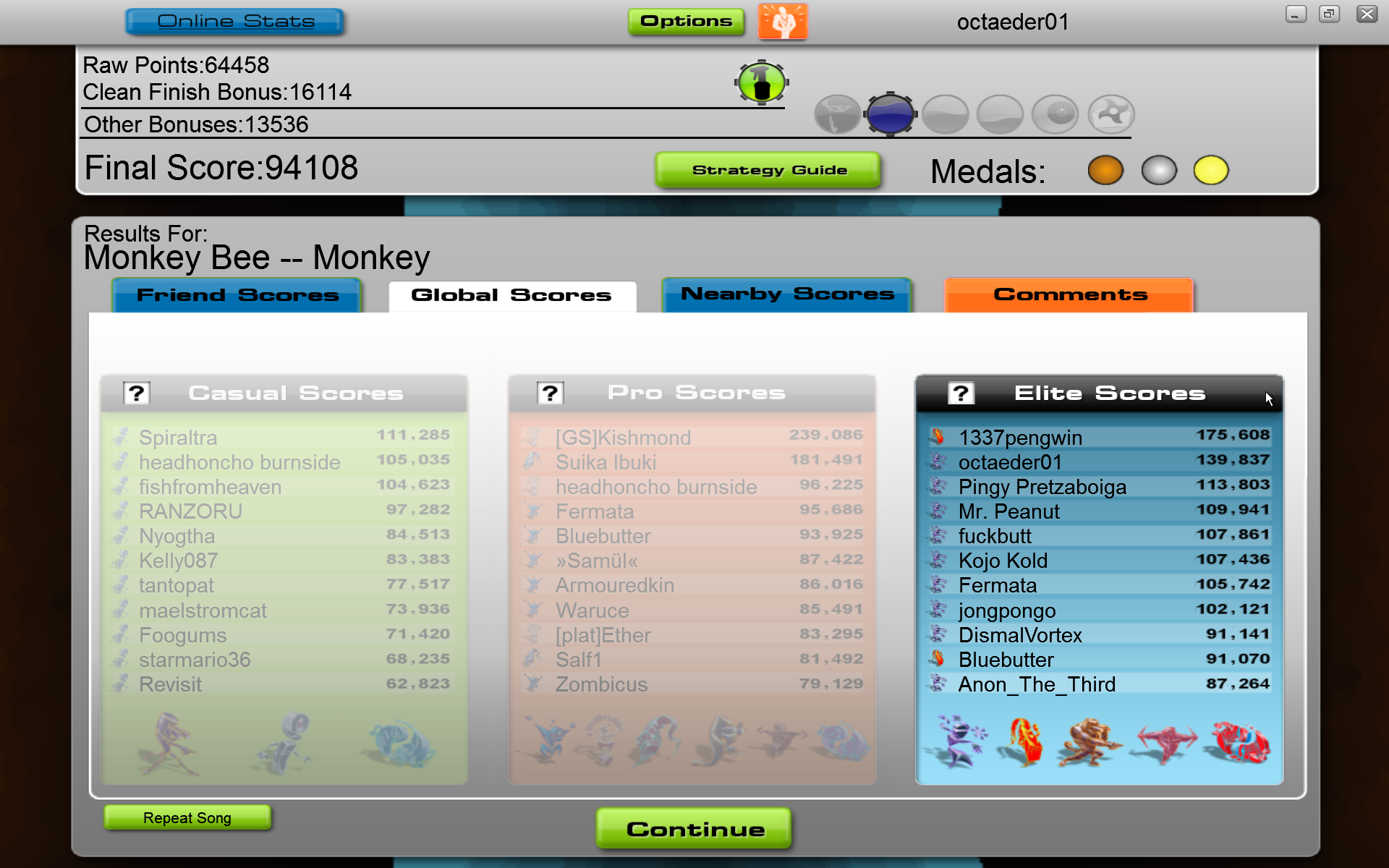
Another of Audiosurf's tricks is to email you when someone beats your high score. As a Mono mode player, this was a rarity. All of the game's modes co-exist on each song's leaderboard, and the other modes were inevitably more suited to point chasing. But for a brief moment, about five years ago, there was a fearsome battle for Monkey Bee's top spot—one fought between a community aware that Ironman Ninja Mono was the way to play the game.
That was until some jerk came along and set the top score on Eraser Elite, thus ruining all of our fun.
Even though the score battle has long since ended, it's still a remarkable, unexpected level. I recommend tracking down the song, just to give it a go. Alternatively, here's a video of the level that mysteriously appeared on the internet today. No-one tell Damon Albarn.

Phil has been writing for PC Gamer for nearly a decade, starting out as a freelance writer covering everything from free games to MMOs. He eventually joined full-time as a news writer, before moving to the magazine to review immersive sims, RPGs and Hitman games. Now he leads PC Gamer's UK team, but still sometimes finds the time to write about his ongoing obsessions with Destiny 2, GTA Online and Apex Legends. When he's not levelling up battle passes, he's checking out the latest tactics game or dipping back into Guild Wars 2. He's largely responsible for the whole Tub Geralt thing, but still isn't sorry.

